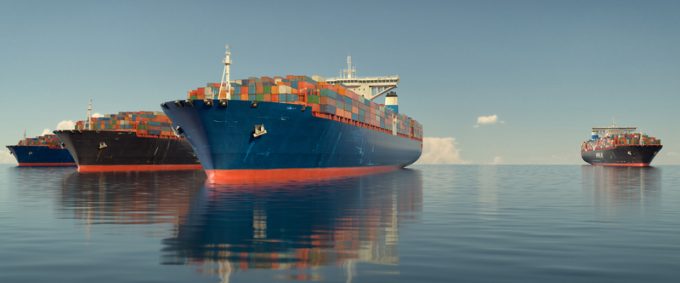Transpac GRIs fail to prop up under-pressure container spot freight rates
It was a relatively flat week for pricing on the major deepsea box shipping trades, ...

Enforced schedule changes, with ships diverted via the Cape of Good Hope due to Houthi attacks in the Red Sea, are prompting carriers to launch more hub & spoke-type services to plug the gaps in their networks.
This is particularly the case for services to and ...

Comment on this article